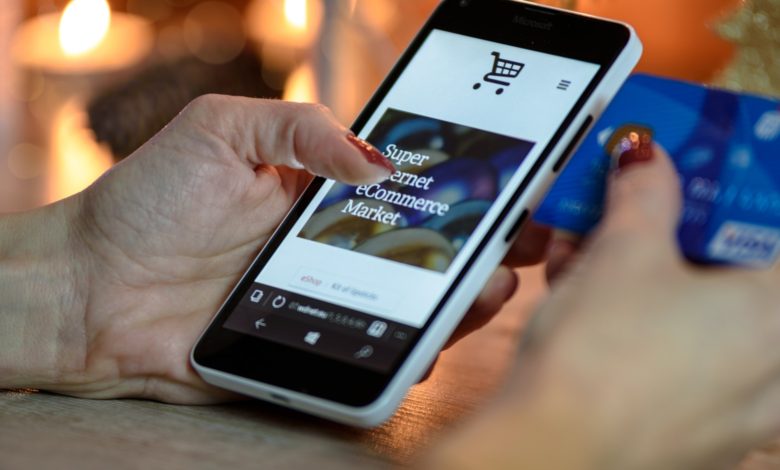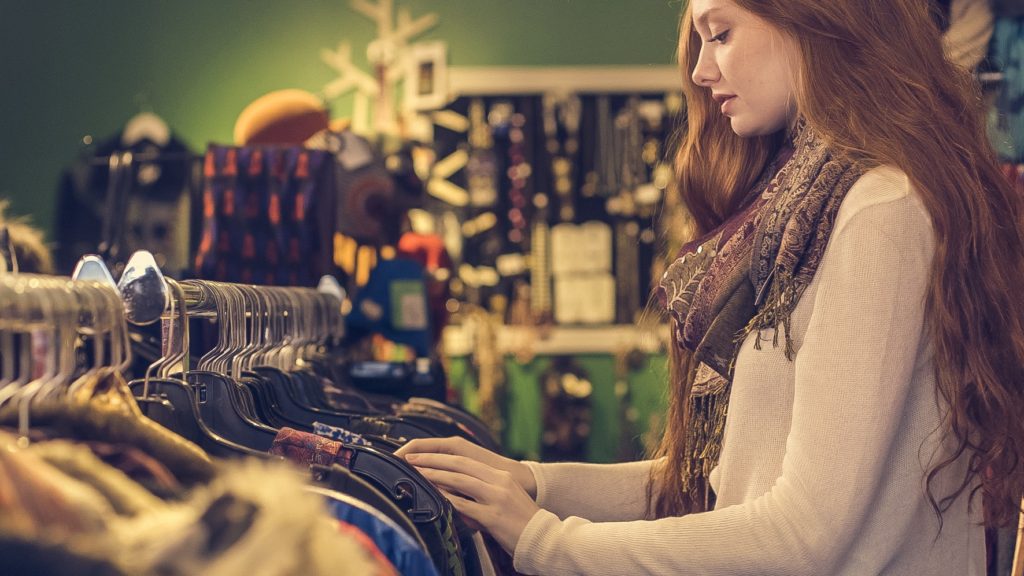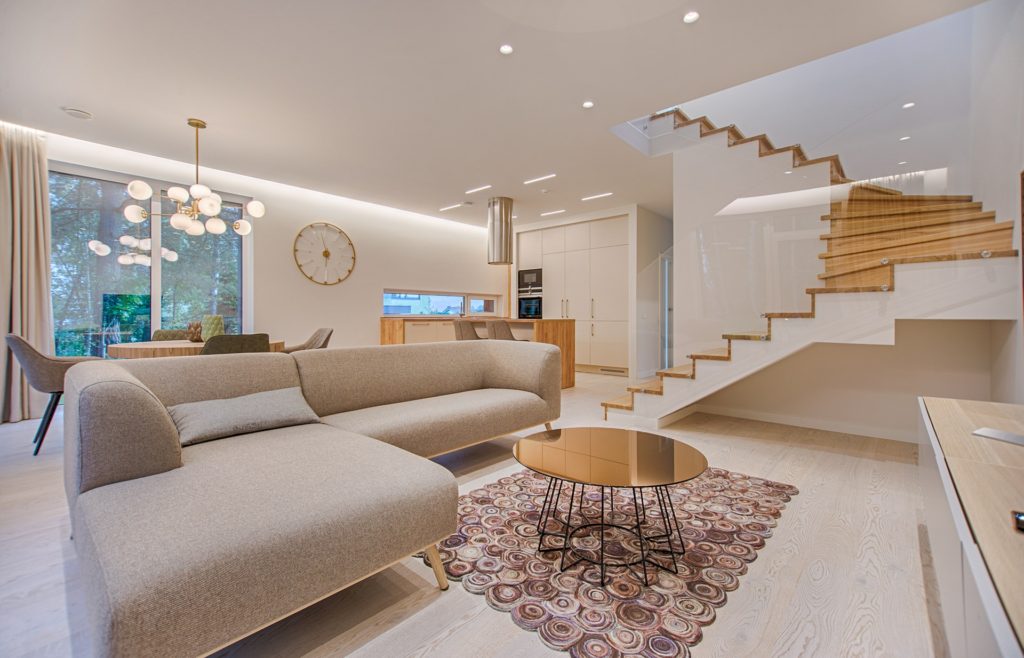
Augmented Reality (AR) in retail is revolutionizing shopping by putting the products in front of customers through 2D experiences and 3D models.
AR in retail enables customers to examine the product from every angle and can even place the product in their environment using their phone or favorite device.
Getting to interact with the product in their real environment piques customer interest, as well as improves purchase confidence.
E-commerce businesses are embracing AR technology to make shopping and buying experiences easy and fun.
The easier and more fun it is for customers to purchase from the comfort of their home, the better. And that is exactly what AR offers.
Here are three examples of innovative companies making the most of AR in retail.
Magic Mirror: AR Fitting Room

A great example of AR retail experience is a “Magic Mirror.”
It is a reflective TV screen connected to a camera.
This innovative feature is controlled by AR software to craft a virtual fitting room.
It is easy to master, user-friendly, and needs no special tips or help.
The screen behaves like a typical mirror showing a digital reflection of the customer, but can also increase the reflection by displaying video feeds from different angles.
It can also add accessories like purses, hats, earrings, can apply makeup or change the color of the outfits. Shoppers can “try on” anything they like while staying in their own clothes.
DecorMatters: Interior Design and Shop

Furniture retailers have gladly jumped on the AR bandwagon because it allows customers to see furniture in their homes virtually.
This AR in a retail application makes furniture shopping fast and easy by mixing game design with serious home decorating tools.
It allows consumers to produce DIY design projects starting from scratch, or from converting concepts of an existing design.
Houzz, Pinterest, Instagram, and more offer “inspiration pages” to keep consumers motivated to try new design options.
DecorMatters is a perfect example.
Their app is “redefining the interior design and furniture shopping experience” through the use of AR in the retail industry making it easier for consumers to get a feel for their product.
Consumers can preview furniture from 30+ top furniture brands and retailers and see how it works in their space without it being physically moved in.
Shop 4 Rings: Mobile Jewelry Store

Shop 4 Rings is a popular app that allows shoppers to do exactly what the name suggests: virtually try on rings through an AR visualization app.
The mobile jewelry store utilizes cutting-edge technology, like AR and machine learning, to calculate a customer’s finger size according to local standards, as different areas have different standard ring sizes.
After sizing, customers can swipe through a collection of rings that appear through 3D visualization. They can “try on” rings with the use of their device’s camera.
The app also has built-in social media sharing so shoppers can show the new ring to their friends, or a boyfriend they hope will become a fiancé.
Benefits of AR in Retail and E-Commerce

In conclusion, AR helps customers make confident decisions and increase their satisfaction with their purchases.
It attracts new customers with its fun and interactive nature. Overall, consumers are more engaged and satisfied, which translates to customer loyalty and increased profits.
Both big and small E-commerce businesses can utilize AR in retail.
One important consideration for brands should be on whether they choose app-based AR or app-less AR (WebAR).
Web-based AR or WebAR is the deployment of AR experiences through a web page, making it accessible to consumers without the need to download a dedicated app.
Removing the need for consumers to download apps to view AR brand experiences completely streamlines the user experience, increasing WebAR usage and ultimately brand engagement.





One Comment